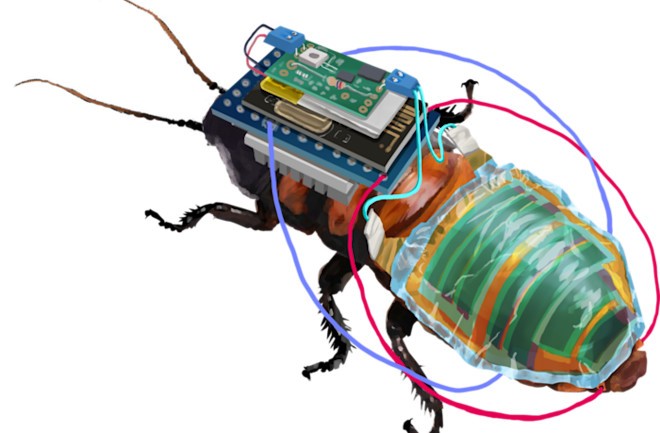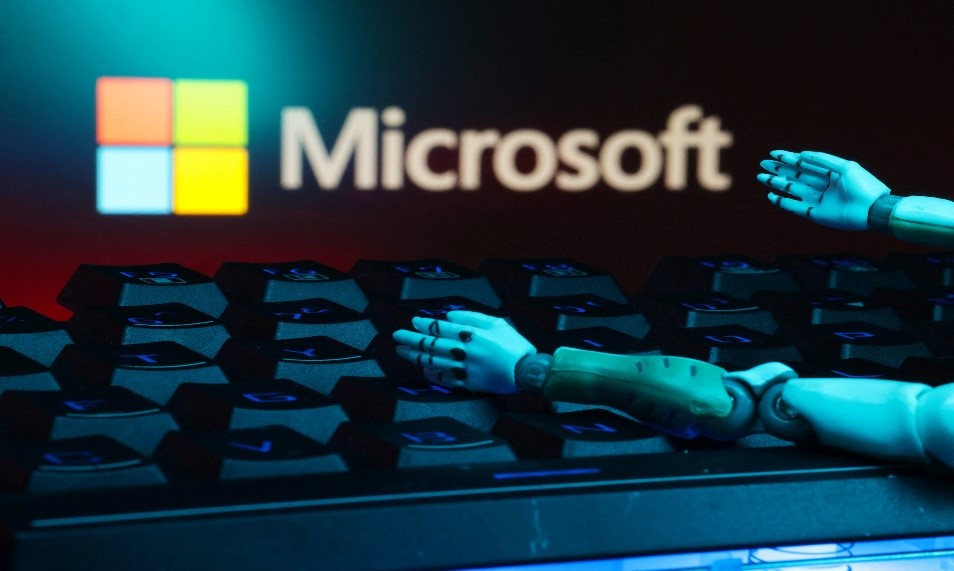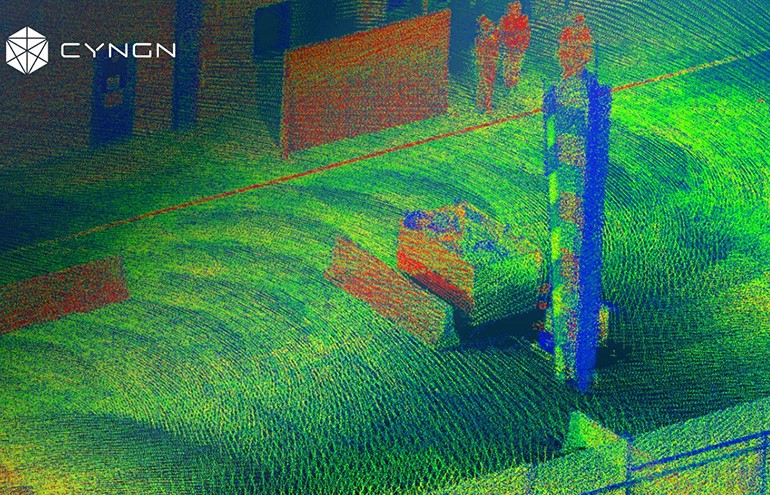A Swarm of Cybernetic Insects Could Rescue You in a Disaster
Earthquakes, tornadoes, and airstrikes claim countless lives worldwide—not only from their immediate impact but also from victims trapped beneath the debris.
Search and rescue missions, whether professional or volunteer-led, come with significant risks. Digging through rubble can trigger secondary collapses and expose rescuers to hazardous materials. Time is critical, and the larger the disaster zone, the more challenging it becomes to conduct an efficient and thorough search. While trained dogs can detect survivors, their numbers are often too limited to cover vast areas of destruction.

Figure 1.cyborg cockroaches.
Now, a team of scientists from Singapore and Japan propose an unconventional solution for search-and-rescue operations: swarms of cyborg cockroaches.
Developing Cyborg Insects
For the past two decades, researchers have been developing technology to remotely control live insects by implanting devices into their nervous systems. Initial efforts focused on remote-controlled flying beetles (Mecynorrhina torquata) and soon expanded to include Madagascar hissing cockroaches (Gromphadorhina portentosa).
"I have spoken with rescue teams and learned that they urgently need insect-sized vehicles capable of maneuvering through small gaps in rubble to locate survivors," says Hirotaka Sato, a professor at Nanyang Technological University who has been at the forefront of this research.”
In early 2025, Sato’s team announced a major breakthrough: a new algorithm designed to deploy swarms of these cyborg insects, enabling them to navigate unfamiliar terrain and pinpoint human locations.
Remotely Operated Insects
Transforming a cockroach into a cyborg takes just 15 to 20 minutes, according to researchers. The process begins by anesthetizing the insect with CO₂. Ultra-thin silver wires are then carefully inserted into its cerci—tail-like sensory appendages similar to those of an earwig or cricket—as well as into its antennae and a small incision made in its second abdominal segment. These electrodes connect to a tiny, 1.5 cm-wide backpack affixed to its back.
By sending an electrical current through the abdomen and one antenna, researchers can steer the cockroach in the opposite direction. A similar signal through the cerci prompts it to speed up, requiring less than a second to elicit a response.
Cyborg cockroaches have several advantages over miniature robots. They are highly energy-efficient, powered by their natural metabolism instead of battery packs. Known for their resilience, these insects can survive at least a week or more without food or water—though these cyborgs are kept well-fed on a diet of carrots and apples. Additionally, unlike artificial robots, cockroaches instinctively navigate challenging terrain without requiring complex programming.
“Despite decades of progress in robotics, miniature vehicles remain impractical due to high power consumption and structural fragility,” explains Hirotaka Sato. “To overcome this, we developed the concept of using living insects as a platform—cyborg insects.”
Cyborg-Assisted Search and Rescue
Deploying individual cyborg cockroaches into disaster rubble, much like remote-controlled cars, could aid search-and-rescue teams. However, their effectiveness increases exponentially when deployed as a swarm, allowing them to cover a larger area more efficiently.
To enhance the swarming capabilities of these cyborg insects, Hirotaka Sato’s team collaborated with Naoki Wakamiya from Osaka University and Masaki Ogura from Hiroshima University—both experts in swarm control algorithms—through Japan’s national research initiative, MOONSHOT.
The idea of using social insect behaviour as inspiration for algorithms dates back over 30 years, initially applied to software agents rather than physical robots.
"Insects aren’t ‘programmed’ in the traditional sense, but through evolution, they have developed behaviours that maximize their chances of reproduction," explains Marco Dorigo, research director at the Belgian Fonds de la Recherche Scientifique and co-director of the artificial intelligence research laboratory (IRIDIA) at Université Libre de Bruxelles. Dorigo, who was not involved in this study, has extensively researched swarm intelligence.
Managing the Swarm
In this newly developed system, researchers designate one cyborg cockroach as the leader while the rest act as followers. This setup provides overall direction for the swarm while allowing individual insects to navigate their own paths through uneven terrain. Each cyborg can detect the position of its nearest neighbors and the leader, but only the leader knows the final destination.
The swarm's effectiveness exceeds the sum of its individual members. Since the insects move freely within the group, they naturally avoid obstacles that have slowed others down and prevent congestion. They can even assist one another—helping stuck companions or flipping over overturned comrades by instinctively grabbing onto a passerby to right themselves.
According to the researchers, this system reduces the need for direct control by 50 percent. The time spent in free motion within the swarm helps conserve battery power in the control backpacks and decreases the likelihood of the insects becoming desensitized to signals.
Ongoing research continues to refine swarming algorithms and control mechanisms. The team hopes their cyborg cockroach rescue units will soon transition from the lab to real-world disaster zones, assisting emergency responders in locating survivors more quickly and efficiently than ever before.
References
- https://www.discovermagazine.com/technology/a-swarm-of-cyborg-insects-might-save-you-from-disaster
- https://thedebrief.org/revolutionary-swarm-controlled-cyborg-insects-could-redefine-search-and-rescue-missions/
Cite this article:
Keerthana S (2025), A Swarm of Cybernetic Insects Could Rescue You in A Disaster, AnaTechMaz, pp.125















